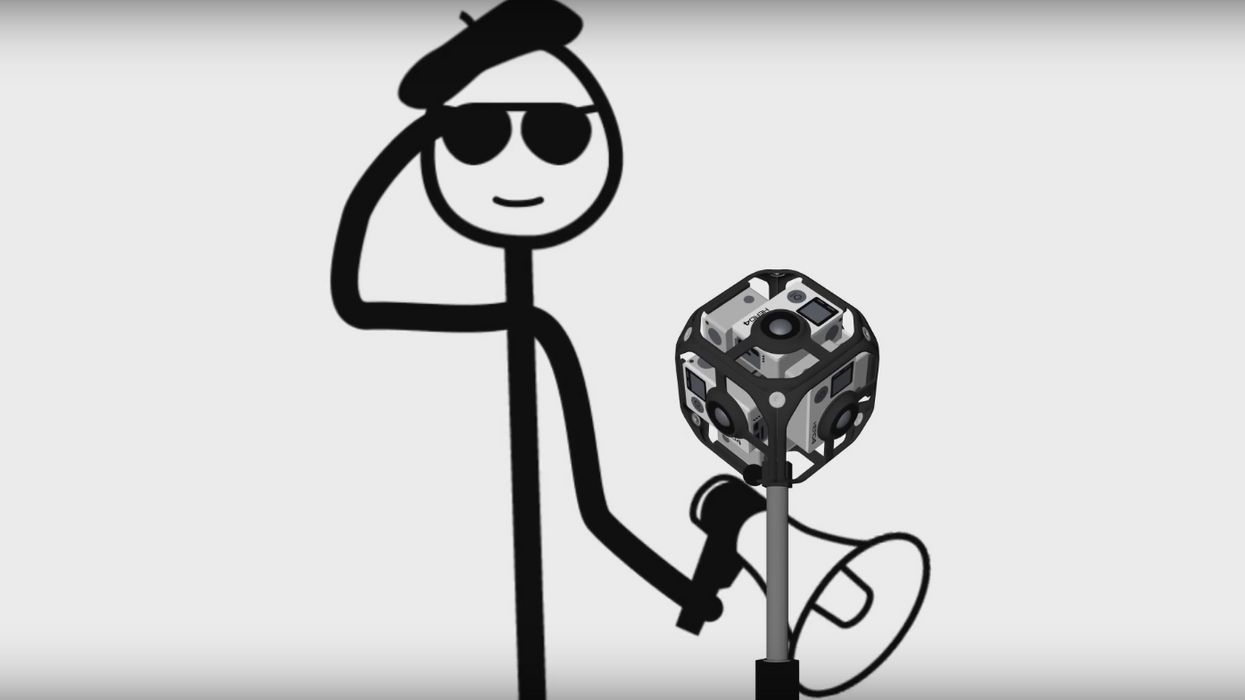This Video Aims to Help You Choose the Right VR Camera for Your Project
If you're interested in getting into VR filmmaking, you're going to need to know which camera fits your project best.

Now that virtual reality is picking up steam, filmmakers new to the medium are wondering which camera systems are right for their work. Luckily there are quite a number to choose from, from entry-level units, like the Ricoh Theta to cinema-level rigs made up of a bunch of RED Weapons. This video from Pixvana breaks down many of your choices, explaining the pros and cons of each, as well as other things you might want to think about when choosing a VR camera.
Here's a handy graphic to show you what some popular camera choices are for VR filmmaking:

But what you save in cost will ultimately cost you in attractive features, namely resolution; this is why entry-level VR cameras are decent choices for experimentation and personal projects. But if you're looking to shoot professional work, mid-range and high-end VR cameras will get you that HD and UHD resolution—and from there, you have to decide if features like live preview and real-time stitching are worth the added cost.
Road to VR posted a great article that goes more in-depth about choosing a VR camera, and I highly suggest you check it out before you make your final decision on which one to invest in.
Source: Pixvana












